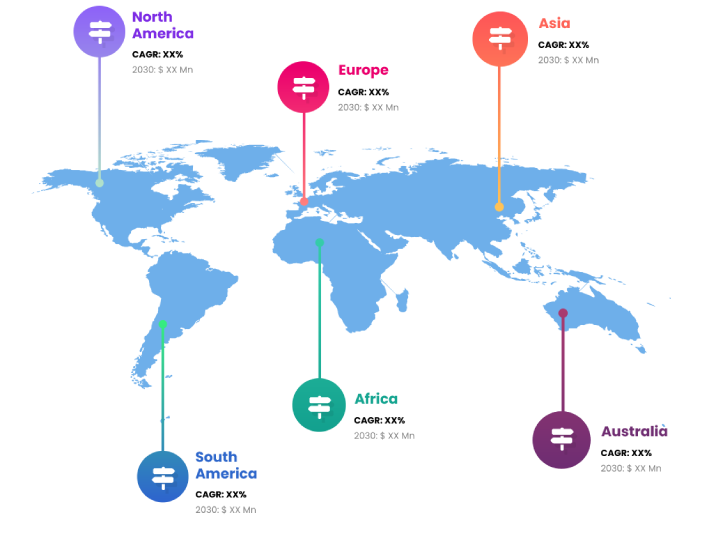Carbamide, or urea (NH2)2CO, is a colourless organic molecule. It has a pKa very near to zero and a high solubility in water. The majority of the urea produced worldwide is put to good use as a nitrogen fertiliser. When compared to other solid nitrogenous fertilisers, urea has the largest nitrogen concentration (46.7%). As a result, its transport costs for nitrogen nutrients are the lowest.It is reverted to ammonia and carbon dioxide by hydrolysis in the soil. Soil bacteria convert ammonia to nitrate, a form of nitrogen that plants can use. Urea is also a common ingredient in solid fertilisers that contain many nutrients. Urea is commonly used in 'foliar feed' fertilisers because of its great solubility in water (in combination with ammonium nitrate: UAN). Granules are chosen over powdered fertiliser because their particle size distribution is more narrow, making them easier to apply mechanically.Particularly in the non-chernozem zone and damp locations, nitrogen fertilisers are promising strategies for increasing crop productivity and profitability. The agricultural business relies heavily on nitrogen fertilisers, which are applied as additions to crops before to harvest.
Ammonium carbamate is manufactured commercially by reacting ammonia with carbon dioxide. In addition, solid urea (carbamide) is produced when ammonium carbamate is destroyed. Because of its high nitrogen content, the product is increasingly being used as a nitrogen source in the fertiliser market. Ruminant animals' protein needs are easily met by feed quality. It is widely accepted in a variety of industrial applications thanks to its outstanding chemical features. Therefore, adaptable use is anticipated to result in promising market growth.
Due to its many uses in manufacturing, carbamide has seen a dramatic increase in demand as of late. As a result of its ability to construct interpenetrating helices through the formation of hydrogen bonds, it is capable of trapping a wide variety of organic molecules. Because of its quality, the product can be utilised in the separation process and in the manufacturing of aviation fuels and lubricating oils. It's also put to work in the paraffin extraction process. The substance is put to use in automobiles to lessen the harmful effects of combustion by cutting down on nitrogen oxide emissions. BlueTec solutions, for instance, use an aqueous solution that is injected into the exhaust pipe. Ammonia is used in a catalytic converter to break down nitrogen oxides into harmless water and nitrogen.
The adhesives used in maritime plywood, such as urea-melamine-formaldehyde, and the stabilisers used in nitrocellulose explosives all start with technical grade. It has numerous uses in the healthcare and beauty industries. It's used to create hydrogen for rehydration goods and then fuel cells to generate electricity. It's used in a wide variety of personal care products, from hair conditioners to bath oils to skin softeners to lotions to disinfectants, and more. It's also an important raw material in the production of pharmaceuticals and chemical intermediates. Airport de-icer, yeast nutrient components, cigarette flavour enhancers, protein denaturants, and radioactive detectors in various diagnostic procedures are some of the other common commercial uses.
As the price of oil and natural gas rises around the world, so does the cost of urea. Countries like India, Brazil, Japan, Australia, and others who rely on oil and gas imports for production have seen their import costs rise as a result. The use of carbamide as a fertiliser, either alone or in combination with other fertilisers, is widespread in modern agriculture. The cost of agricultural inputs has gone up, and so have emissions of ammonia and carbon dioxide. Carbon dioxide is a powerful greenhouse gas, and ammonia generated during application is bad for people and the environment.

Report Coverage
Global Urea research report categorizes the market for global based on various segments and regions, forecasts revenue growth, and analyzes trends in each submarket. Global Urea report analyses the key growth drivers, opportunities, and challenges influencing the global market. Recent market developments and Urea competitive strategies such as expansion, product launch and development, partnership, merger, and acquisition have been included to draw the competitive landscape in the market. The report strategically identifies and profiles the key Urea market players and analyses their core competencies in each global market sub-segments.
| REPORT ATTRIBUTES | DETAILS |
|---|---|
| Study Period | 2017-2030 |
| Base Year | 2022 |
| Forecast Period | 2022-2030 |
| Historical Period | 2017-2021 |
| Unit | Value (USD Billion) |
| Key Companies Profiled | Yara International ASA, Indian Farmers Fertilisers Cooperative Limited, PT Pupuk Kalimantan Timur, Qatar Fertilizer Company, National Fertilizers Limited, EuroChem Group AG, Saudi Arabian Fertilizer Company, CF Industries Holdings, Inc., Nutrien Ltd., Others |
| Segments Covered | • By Product |
| Customization Scope | Free report customization (equivalent to up to 3 analyst working days) with purchase. Addition or alteration to country, regional & segment scope |
Key Points Covered in the Report
- Market Revenue of Urea Market from 2021 to 2030.
- Market Forecast for Urea Market from 2021 to 2030.
- Regional Market Share and Revenue from 2021 to 2030.
- Country Market share within region from 2021 to 2030.
- Key Type and Application Revenue and forecast.
- Company Market Share Analysis, Urea competitive scenario, ranking, and detailed company
profiles. - Market driver, restraints, and detailed COVID-19 impact on Urea
Market
Competitive Environment:
The research provides an accurate study of the major organisations and companies operating in the global Urea market, along with a comparative evaluation based on their product portfolios, corporate summaries, geographic reach, business plans, Urea market shares in specific segments, and SWOT analyses. A detailed analysis of the firms' recent news and developments, such as product development, inventions, joint ventures, partnerships, mergers and acquisitions, strategic alliances, and other activities, is also included in the study. This makes it possible to assess the level of market competition as a whole.
List of Major Market Participants
Yara International ASA, Indian Farmers Fertilisers Cooperative Limited, PT Pupuk Kalimantan Timur, Qatar Fertilizer Company, National Fertilizers Limited, EuroChem Group AG, Saudi Arabian Fertilizer Company, CF Industries Holdings, Inc., Nutrien Ltd., Others
Primary Target Market
- Market Players of Urea
- Investors
- End-users
- Government Authorities
- Consulting And Research Firm
- Venture capitalists
- Third-party knowledge providers
- Value-Added Resellers (VARs)
Market Segment:
This study forecasts global, regional, and country revenue from 2019 to 2030. INFINITIVE DATA EXPERT has segmented the global Urea market based on the below-mentioned segments:
Global Urea Market, By Grade
Fertilizer Grade
Feed Grade
Technical Grade
Global Urea market, By Application
Agriculture
Animal Feed
Chemical Synthesis
Others
Global Urea market, Regional Analysis
- Europe: Germany, Uk, France, Italy, Spain, Russia, Rest of Europe
- The Asia Pacific: China,Japan,India,South Korea,Australia,Rest of Asia Pacific
- South America: Brazil, Argentina, Rest of South America
- Middle East & Africa: UAE, Saudi Arabia, Qatar, South Africa, Rest of Middle East & Africa
You will get in-depth and extensive urea market market research and competitor analysis for your business to help you develop more profound insights into the urea market Market.
Through INFINITIVE Data Expert is a professional Market Research services, I will identify the urea market market size, demand & opportunities, growth rate, and target audience with a comprehensive analysis of your competitors.



